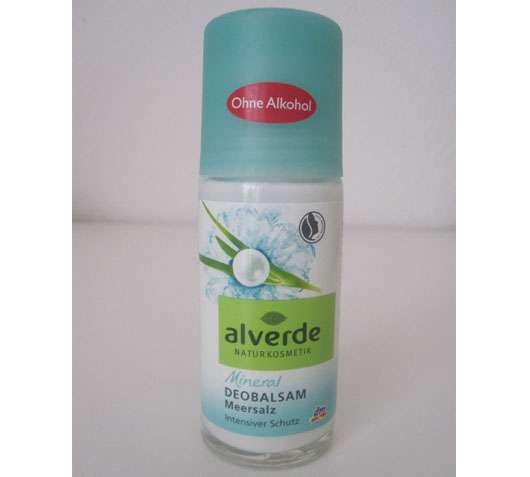klik 
uf, ne vem, pomoje so not pač neke soli/spojine, na katere te bakterije "ne palijo"

antiperspirant preprečuje potenje, deodoranti pa ne.
wiki quote:
"Deodorants are substances applied to the body to eliminate body odor caused by the bacterial breakdown of perspiration. A subgroup of deodorants, antiperspirants, prevent odor and reduce sweat produced by parts of the body."
Human perspiration is largely odorless until it is fermented by bacteria. Bacteria thrive in hot, humid environments. The human underarm is among the most consistently warm areas on the surface of the human body, and sweat glands provide moisture, which when excreted, has a vital cooling effect.
When adult armpits are washed with alkaline pH soaps, the skin loses its acid mantel (pH 4.5 - 6), raising the skin pH and disrupting the skin barrier.[10] Bacteria thrive in high pH or base environments.[11] Creating such an environment in the armpit makes it more susceptible to bacterial colonization.[11] The bacteria feed on the sweat from the apocrine glands and on dead skin and hair cells, releasing 3-methyl-2-hexenoic acid in their waste, which is the primary cause of body odor.[12] Underarm hair wicks the moisture away from the skin and aids in keeping the skin dry enough to prevent or diminish bacterial colonization. The hair is less susceptible to bacterial growth and therefore is ideal for preventing the bacterial odor.[13]
Deodorants are classified and regulated as cosmetics by the U.S. Food and Drug Administration (FDA)[1] and are
designed to eliminate odor. Deodorants are usually alcohol-based. Alcohol initially stimulates sweating, but may also
temporarily kill bacteria.[14] Deodorants can be formulated with other, more persistent antimicrobials such as triclosan, or with metal chelant compounds that
slow bacterial growth. Deodorants may
contain perfume fragrances or natural essential oils intended to mask the odor of perspiration.
Deodorants combined with antiperspirant agents are classified as drugs by the FDA.[1]
Antiperspirants attempt to stop or significantly reduce perspiration and thus reduce the moist climate in which bacteria thrive. Aluminium chloride, aluminium chlorohydrate, and aluminium-zirconium compounds, most notably aluminium zirconium tetrachlorohydrex gly and aluminium zirconium trichlorohydrex gly, are frequently used in antiperspirants.
Aluminium chlorohydrate and aluminium zirconium tetrachlorohydrate gly are the most frequent active ingredients in commercial antiperspirants.[15] Aluminium-based complexes react with the electrolytes in the sweat to form a gel plug in the duct of the sweat gland. The plugs prevent the gland from excreting liquid and are removed over time by the natural sloughing of the skin. The metal salts work in another way to prevent sweat from reaching the surface of the skin: the aluminium salts interact with the keratin fibrils in the sweat ducts and form a physical plug that prevents sweat from reaching the skin’s surface. Aluminium salts also have a slight astringent effect on the pores; causing them to contract, further preventing sweat from reaching the surface of the skin.[16] The blockage of a large number of sweat glands reduces the amount of sweat produced in the underarms, though this may vary from person to person.
Over-the-counter products labelled as "natural deodorant crystal" containing the chemical potassium alum have gained newfound popularity as an alternative health product.[17]
A popular alternative to modern commercial deodorants is ammonium alum, which is a common type of alum sold in crystal form and often referred to as a deodorant crystal. It has been used as a deodorant throughout history in Thailand, the Far East, Mexico and other countries.




